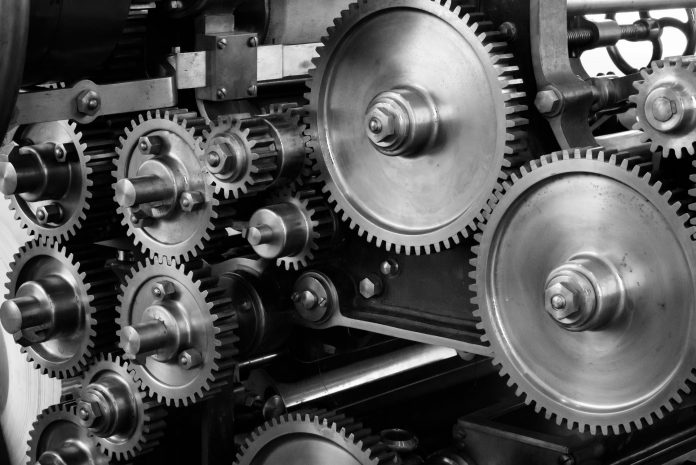Versatility is its Most Distinctive Point
Extrusion production is a process to extrude a preheated round ingot through a hole in a steel mold, producing the extruded section or profile.
The hole type can be simple or complex, and the profile section could be solid or hollow. 6XXX alloy, which can easily extrude something into very complicated parts, is the most common type of alloy. The higher the alloy content of aluminum alloy, the harder it is to squeeze; thus, materials with high alloy content cannot produce profiles with multiple sections.
In the process of extruded aluminum’s production, the aluminum round ingot is required to be heated to about 500 ℃ and be forced to be squeezed through the steel mold. When the material is extruded into desired sections, it needs to cool down and be cut into the one with the wanted length. Then the profile should be treated in heat in order to improve the mechanical behavior. Besides, using the computer-aided design and processing is able to save the time and improve the tolerance; in the meantime, it can manage the precision in each link.
In addition to the usual smooth surface, other surface treatments can be applied to the profile, aiming to protect it or upgrade its outlook. These surface treatment methods include the natural silver or colored anodized film, polyester powder coating with different colors and the white or bronze acrylic paint.

Actually, the extruded aluminum is welcomed by designers and users with its unique superiorities. What are its advantages? They are as followed.
- Versatile
Other metals can be extruded, but they are far less easy to do than the aluminium or aluminium alloys could. Thanks to its high strength-to-weight ratio, as a kind of metal, aluminium is so versatile in diverse extrusion processes, from which it can produce any complex shape and maintain tight tolerances. For example, it could be in a variety of particular forms, such as grooves, joints, and ribs.
Aluminum extrusion can not only produce tubes, rods, and wires with simple cross-section shapes but also produce solid and hollow profiles with very complicated cross-section shapes and even variable-section profiles.
With its versatility of different shapes, it is an ideal material for applications. For instance, Galuminium’s extruded aluminum is a sort of ideal material for aircraft fuel tanks or street lighting bracket with rivets. And it’s also appropriate for common products like irrigation pipes or items of furniture.

Aside from that, extruded products are also available in a wide range of sizes, from super-large pipes and profiles with a diameter of 500-1000 mm to ultra-small precision profiles with a cross-section size like a matchstick. The outer diameter of the aluminium extrusion of Galuminium is up to 560mm, which is available for manufacturing products of big sizes.
- Relatively low costs
Compared to other methods such as rolling, casting, forging, etc., the cost of aluminum extrusion is lower, which makes it proper for production in a small quantity.
- Less need for machining
Since the aluminum alloy can be extruded into any complex section, the extrusion material can be easily assembled as long as the design is reasonable, thereby reducing the need for machining. Some shapes can only be obtained by extrusion and cannot be achieved by other processes.
- High structural efficiency
Aluminium extrusion has the maximum structural efficiency. Profiles can be used where increased strength is required, and profiles can be removed where they are not needed.
- Low weight
Extrusion aluminum profiles are lightweight, strong and durable. Due to the difference in properties of aluminum and other competing materials, the aluminum structure that can achieve the same effect weighs only about half of the other metal structures, which are not easy to process.
- Various surface treatment
It has high corrosion resistance. With powder or electrophoretic coating, it can be turned into different colors. Additionally, natural silver or colored anodized film can be added on the surface. Galuminium’s extruded aluminum can speak for that. It’s anodized, keeping the appearance durable and look good.
Over the past few years, with the pursuit of miniaturization and lightweight in various industries, aluminum, and aluminum alloy profiles have been widely used in construction, transportation, electronics, aerospace and so on. In this trend, extruded aluminum products are taking up more and more space in the market.

